Publicações do autor
Postdoctoral researcher position available
We are looking for a postdoctoral researcher to join our optical spectroscopy team at the Solid-State Physics Department of the Gleb Wataghin Physics Institute in Campinas. The researcher is expected to employ and develop different optical spectroscopy techniques to study carrier and spin dynamics under the influence of surface acoustic waves (SAW) in transition metal …
Modulação acústica de éxcitons em semicondutores bidimensionais
Neste seminário, apresentado para o Departamento de Física da Universidade Federal do Ceará, mostramos alguns de nossos resultados recentes em experimentos de modulação acústica em semicondutores bidimensionais.
Surface acoustic waves for exciton manipulation in 2D materials
We employed Surface Acoustic Waves (SAWs) to manipulate excitonic states in MoSe2 and MoS2 monolayers (MLs), as illustrated in the figure below. By transferring the MLs to high dielectric constant LiNbO3 substrates, we have shown how the SAW strain and piezoelectric field modifies the light emission of neutral and negatively charged excitonic states (trions). As …
Studying the optical properties of lanthanide-doped multi-shell nanoparticles
In collaboration with Prof. Fernando Sigoli (from the Institute of Chemistry) and other researchers, we contributed to the study of the emission properties of core-shell nanoparticles. We investigated nanoparticles with a cubic core containing DyIII ions and hexagonal shells where ErIII, YbIII and NdIII ions were distributed. We observed that these systems consistently show emission …
Unpolarized light sources from rolled-up quantum wells (Destaque da SBPMat)
Our work, in collaboration with Prof. Christoph Deneke (IFGW), Ângelo Malachias (UFMG), and Leonarde Nascimento (UFV), is one latest highlights of the Brazilian Materials Research Society (SBPMat). To see the press release click HERE. We demonstrate how the strain state of a rolled-up InGaAs/GaAs quantum well can be employed to induce strong valence band mixing …
Efficient carrier injection in strain-free mesoscopic GaAs structures
The fabrication of strain-free mesoscopic GaAs structures (MGS) by Ga-assisted droplet etching (see sketch below) has attracted attention of the scientific community due to the excellent optical emission characteristics with sharp emission lines associated to different excitonic states. One way to expand the MGS application perspectives is to explore band structure engineering. In this sense, …
Self-calibrated molecular thermometer
Heat generation on larger circuit boards is well-understood; however, at the nanoscale, the relationship between heat and electricity remains unanswered due to lack of appropriate thermometers capable of thermal monitoring without perturbing the system. Unfortunately, temperature measurement at the submicrometer spatial range is not possible with conventional contact thermometers. A way to overcome this impasse …
Nanostructured membranes for flexible optoelectronics
In collaboration with Prof. Christoph Deneke, we studied the optical emission of molecular beam epitaxy grown semiconductor systems on free and flexible membranes. We obtain optically active nanostructures (quantum wells) regrown on released GaAs/InGaAs/GaAs membranes used as virtual substrates. Together with our demonstrated ability to transfer thin semiconductor membranes before overgrowth to a new host …
Revealing the optical properties of two-dimensional materials
In collaboration with the Federal University of São Carlos, the University of Brasília, the University of Southampton, and the University of Nottingham, we investigated the properties of charged excitons in large-area WS2, a transition metal dichalcogenide. We investigate in details the recombination dynamics of the different excitonic complexes of the system. We show that, in …
- 1
- 2

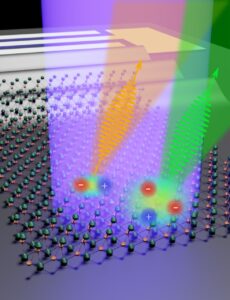
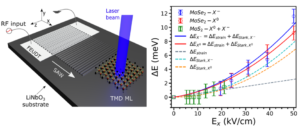
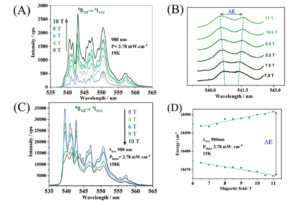

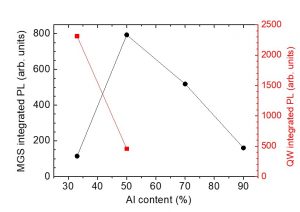
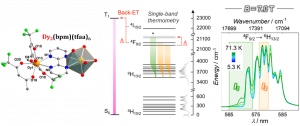
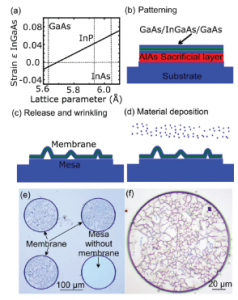
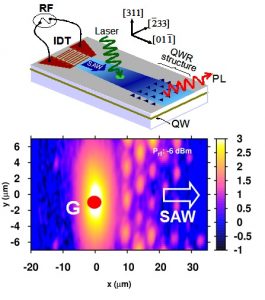



Comentários